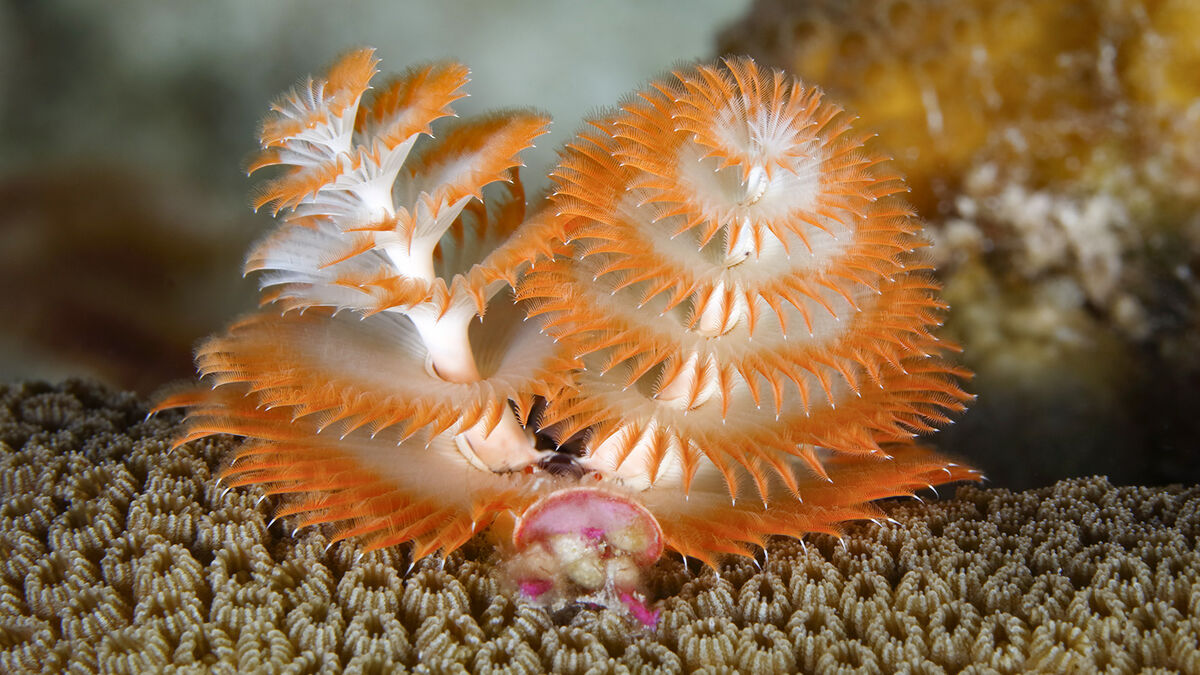
Decomposers play an important role in food chains and are considered biotic factors in natural ecosystems. Explore examples of decomposers in different ecosystems to better understand what these organisms look and act like.
What Do Decomposers Do?
A decomposer in science is “an organism that feeds on and breaks down dead animal or plant matter” and breaks down the waste of other organisms. This process helps provide organic nutrients for the ecosystem where it lives.
Types of Decomposers
There are two main kinds of decomposers, scavengers and decomposers. Scavengers find dead plants and animals and eat them. Decomposers break down what’s left of dead matter or organism waste.
The different decomposers can be broken down further into three types: fungi, bacteria, and invertebrates.
Examples of Decomposers in Aquatic Ecosystems
Aquatic decomposers live in water-based environments that are marine or freshwater.
Examples of Decomposers in Oceans
There are more decomposers in tropical oceans, like the Pacific, because of the warmer temperatures. Most marine decomposers are bacteria.
- Christmas tree worm: uses feathery appendages to catch organic matter floating in the water

- Crab: saltwater crabs are considered scavengers who eat any edible matter they find
- Granulated sea star: moves along rocks and other stationary surfaces and cleans up dead organic matter
- Hagfish: while these eel-like creatures do sometimes hunt, they are mostly scavengers who can sit inside a dead carcass and absorb the nutrients from it
- Sea urchin: these spiny creatures are both consumers and decomposers because they scrape organic matter off rocks to feed on it
- Tube worm: this deep sea creature depends on the waste made by bacteria inside its body to live
Examples of Decomposers in Freshwater
Freshwater decomposers are mostly bacteria and are typically found at the bottom of lakes, ponds, or rivers.
- Mildew: type of bacteria found in or near water
- Trumpet snail: this type of snail is a scavenger sometimes considered a pest
- Water mold: type of bacteria found in freshwater or wet soil
- Yeast: type of bacteria found in freshwater lakes
Examples of Decomposers in Terrestrial Ecosystems
Terrestrial decomposers live on land in all different types of ecosystems. The dead plants and animals they consume are called detritus.
Examples of Forest Ecosystem Decomposers
Decomposers in the forest are typically found on the forest floor.
- Beetle: type of shredder that eats and digests detritus
- Earthworm: type of shredder that eats and digests detritus
- Millipede: type of shredder that eats and digests detritus
- Mushroom: type of fungi that grows out of the ground or the dead material it’s feeding off
- Pillbug: type of shredder that eats and digests detritus
- Saprobe: microscopic organisms that live in soil; bacteria are a type of saprobe
- Slime mold: type of saprobe that grows on damp rotten wood and rotting leaves
- Slug: type of shredder that eats and digests detritus

- Snail: type of shredder that eats and digests detritus
Examples of Desert Ecosystem Decomposers
You won’t find many decomposers in deserts because they typically like moist areas. Many of the desert decomposers you can find are insects.
- Dung beetle: insect that feeds off animal feces
- Fly: insect that feeds off decaying materials
- Millipede: arthropod that feeds of decaying plant material
- Saharan silver ant: fast ants who thrive in deserts and feed off things like animal carcasses
Examples of Grassland Ecosystem Decomposers
Grassland decomposers can sometimes be found in forests or deserts since those are similar environments.
- Acidobacteria: type of bacteria that thrive in savannas
- Termite: insect that breaks down cellulose from dead wood
- Turkey tail mushroom: fungus that grows on and feeds on dead logs
Examples of Mountain Ecosystem Decomposers
Mountain decomposers are sometimes found in forests too, since they can be similar environments.
- Bolete mushroom: fungi that feeds off the byproducts of the ponderosa pine tree

- Mountain pine bark beetle: insects that feed on dying and dead trees
- Purple fairy fingers: type of fungus that feeds of decaying trees
Break It Down
As you can see, certain types of insects and fungi are the most common decomposers in a variety of ecosystems. You can explore more specific species examples to see how different types of beetles or worms, for example, break down dead matter.